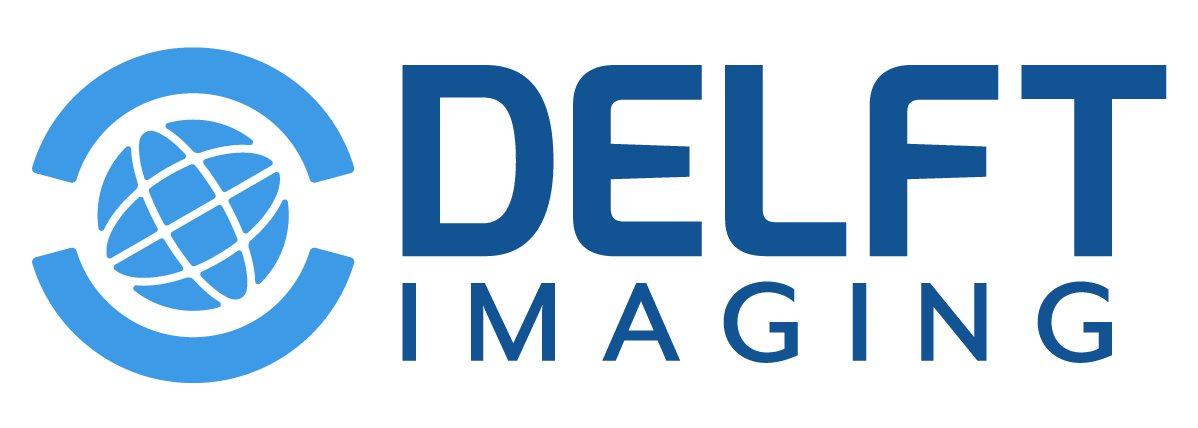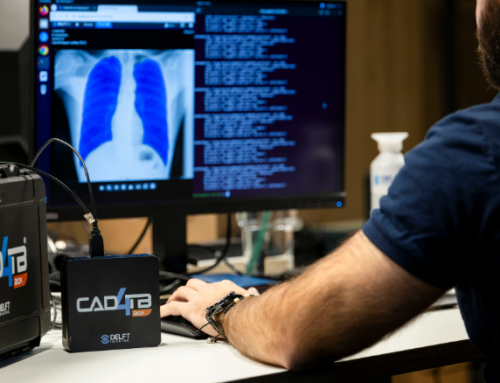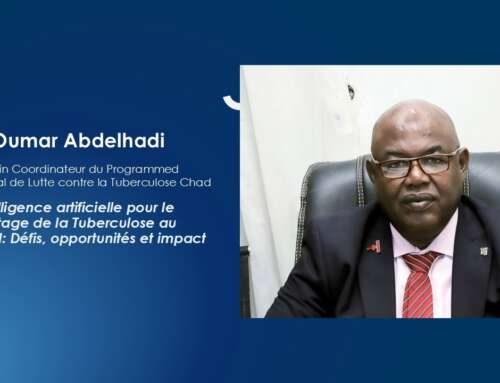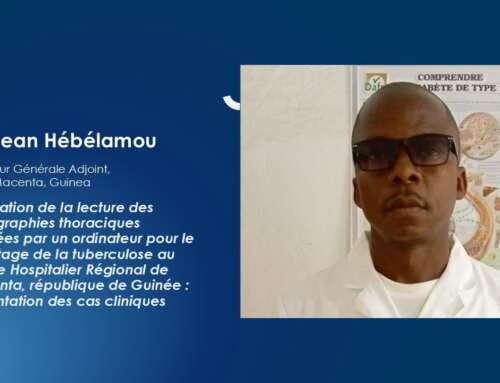As AI continues to evolve in global health, its potential to improve diagnostic efficiency is widely acknowledged. However, its broader application, limitations, and real-world relevance remain active areas of discussion. In our recent webinar, “Navigating AI Beyond TB – Benefits and Opportunities,” four speakers shared distinct perspectives on what it means to responsibly expand AI use in screening and care.
Together, they explored a central question: where can AI take us beyond TB, and what should we be careful not to leave behind?
Prof. Rodney Ehrlich: Silicosis, Ethics, and Real-World Utility
Occupational health expert Prof. Rodney Ehrlich opened the session with a look at CAD for silicosis screening in southern Africa. While CAD tools are promising, he made a critical distinction. “Computer-Aided Detection (CAD) is used for screening and triage, not diagnosis. Diagnosis is not purely radiological; it relies on exposure history and ruling out competing diagnoses.”
He underscored the need to balance accuracy with usability, emphasizing that literature too often focuses on technical performance without addressing implementation. “Much of the existing literature focuses on accuracy, with limited attention to real-world utility and benefits.”
False positives, he warned, can have lasting social and economic consequences, particularly in employment contexts. “False positives impose costs, distress, and potential job loss. Investigations carry risks, including biopsy complications.”
For programs screening large numbers of individuals, Prof. Ehrlich recommended using two thresholds, a low score to safely rule out disease and a high score to prioritize likely cases. This approach supports better resource allocation and more ethical implementation.
Prof. Dr. Bram van Ginneken: The Limits of Finding More
Prof. Bram van Ginneken brought a sharp technical lens to the conversation, challenging the assumption that more findings always equate to more value in TB screening.
“Many software solutions now aim to detect all possible abnormalities in a chest X-ray, and some even generate radiology reports,” he said. While this may be appropriate in radiology departments, he noted that TB screening is a different environment altogether.
“Unlike other settings, TB screening relies on single posterior-anterior chest X-rays without comparison to prior images. The primary goal is identifying TB suspicion rather than other abnormalities.”
He explained that AI’s ability to detect additional conditions like lung cancer or cardiomegaly remains limited. When used without a path to treatment, such detections may introduce ethical and logistical concerns.
“Screening should only be conducted for significant health conditions with effective treatments.” he emphasized. Otherwise, even accurate results may lead to confusion, unnecessary follow-up, and strain on healthcare systems.
Prof. Helen Ayles: Integrating TB and Wellness in Zambia
Taking the discussion into community settings, Prof. Helen Ayles presented Zambia’s Ubomi Buandi model, a program that integrates TB screening with other wellness services, including NCDs, HIV, sexual health, and substance use.
“We are implementing a project under the Stop TB, TB REACH program called Ubomi Buandi, which focuses on integrating screening and prevention alongside tuberculosis (TB) screening.”
Using portable X-rays and CAD4TB, the project significantly increased TB case detection in Chupulukusu. It also revealed a challenge. “Many initiated TB treatment without bacteriological confirmation. No alternative algorithms exist for diagnosing other lung diseases.”
This led to the launch of Ubomi Buandi Pantanshi, an expansion focused on post-TB lung disease, COPD, pneumonia, and industrial lung conditions. The project also introduced weekly case review meetings and began evaluating lung ultrasound as an alternative to chest X-ray.
“This integrated approach aims to improve TB screening and broader lung health in Zambia. The project emphasizes early detection, prevention, and community participation.”
Edwin Klinkenberg: Building Trust in AI Through Simplicity and Transparency
Rounding out the discussion, Edwin Klinkenberg spoke about the process of evaluating, implementing, and trusting new AI tools, using CAD4TB as a case study.
“The integration of AI technologies in healthcare is really rapidly evolving in the last couple of years. And I think it’s really crucial for all healthcare professionals to understand how to evaluate this new AI that’s going to the market.”
He laid out three critical questions for implementers to consider:
- Is the imaging modality appropriate?
- Where does the AI sit in the patient journey?
- What happens after a positive result?
He also warned against overwhelming healthcare workers with information. “We really combine all these three scores because we know that in a screening setting, overloading patients or users with information also affects and complicates the whole patient journey.”
Reflecting on the long journey of CAD4TB, he added, “CAD4TB really started already in 2007 with its first prototype, meaning that it already started over almost 20 years ago with its first implementation in 2011. CAD4TB was CE certified in 2015, but still, it took six more years before the WHO endorsed CAD4TB screening, meaning that it takes a lot of time before we actually know whether a product is really working in all different kinds of settings.”
Moving Forward: Responsible AI Adoption in Screening
Across all four presentations, a common thread emerged. Technology must be implemented with purpose, clarity, and care. Whether it is assessing ethical risks in silicosis screening, resisting overreach in TB programs, expanding care to NCDs, or ensuring AI tools align with workflows, each speaker stressed the importance of context, responsibility, and continuous evaluation.
As AI advances beyond TB, its success will depend not just on what it can detect, but on what matters most to the people it serves.



